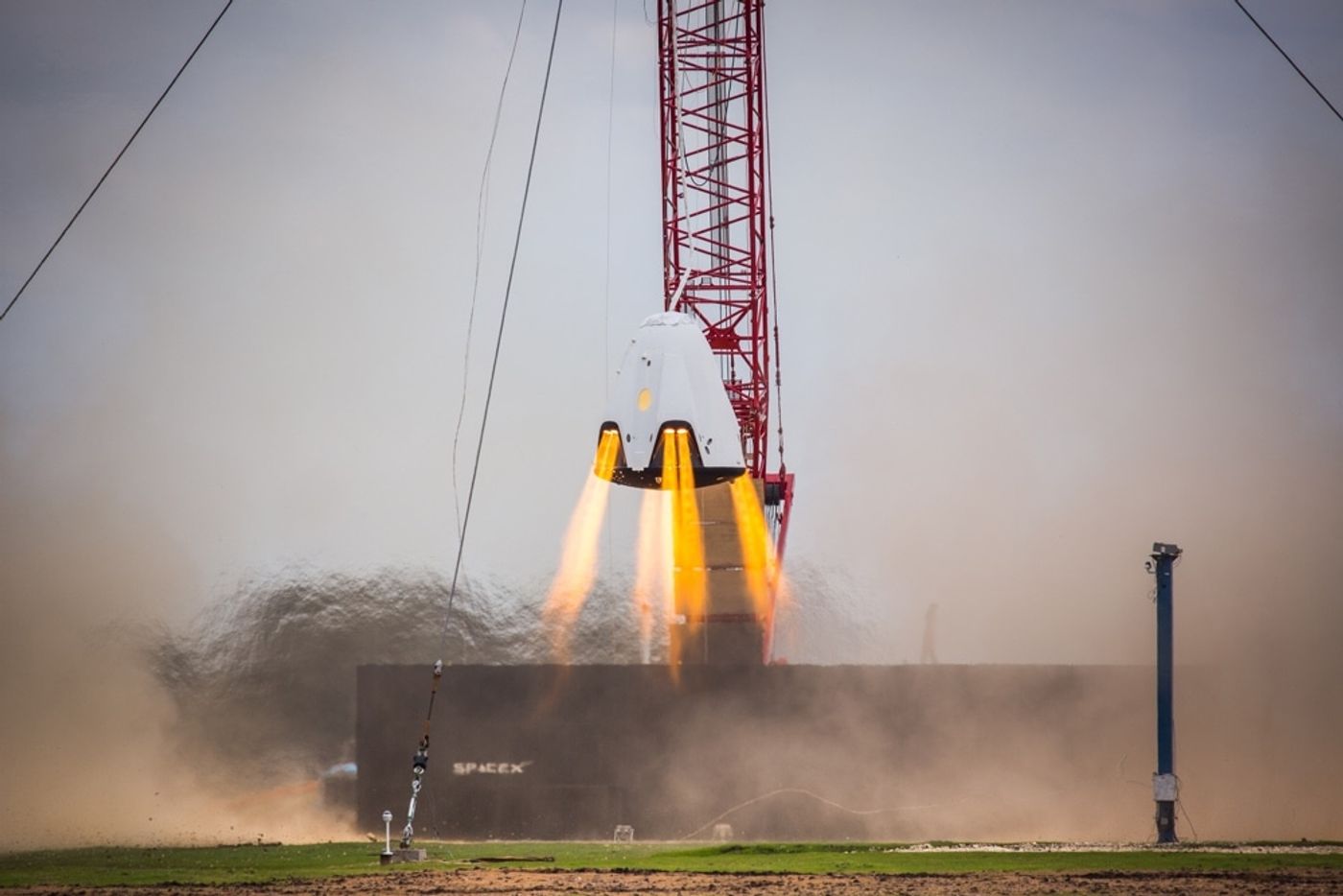NASA and Commercial Crew Program Partners Push Back Launch Dates
NASA previously introduced its Commercial Crew Program to reduce the American space agency’s dependence on Roscosmos for crewed space launches, officially bringing crewed space launches back to American soil for the first time since the Space Shuttle era. The program employed Boeing and SpaceX as commercial partners, warranting immediate work on space capsules that would be suitable for crewed flights to places like the International Space Station.
Image Credit: SpaceX
The original target flight dates, slated for early and mid-2018, were pushed back until this year such that NASA could take additional measures to ensure crew safety, but given the vast successes displayed by both companies as of late, it seems they’re quickly nearing readiness. Despite all the hype, however, NASA just this week announced another minor change in its plans to move forward with the first test flights.
Anyone who’s been eagerly looking forward to these launches might be inclined to facepalm right about now, but looking to the brighter side of the situation, it seems the new delays aren’t that significant. SpaceX’s initial un-crewed demo flight, which was initially planned for this month, has now been pushed back to March 2nd – less than one month from now. Likewise, SpaceX’s first crewed launch is currently planned for some time in July (of this year).
As for Boeing, the company’s first un-crewed demo flight was originally planned for ‘some time this Spring,’ but NASA now says Boeing’s flight will transpire no earlier than this April. As for the Boeing’s first crewed flight for NASA, that’s now being scheduled for August of this year.
Related: NASA replaces an astronaut for one of Boeing's upcoming crewed launches
A statement released Wednesday by NASA notes the reasons for the space agency’s decision to push the dates back again; those are as follows:
- Permit Boeing and SpaceX to complete imperative last-minute hardware tests
- Enable Boeing and SpaceX to gather and verify testing data
- Allow NASA to complete the remaining reviews
- Grant everyone enough time to be properly trained for the upcoming launches
“The un-crewed flight tests are a great dry run for not only our hardware, but for our team to get ready for our crewed flight tests. NASA has been working together with SpaceX and Boeing to make sure we are ready to conduct these test flights and get ready to learn critical information that will further help us to fly our crews safely. We always learn from tests,” elucidated Commercial Crew Program manager Kathy Leuders.
“There still are many critical steps to complete before launch, and while we eagerly are anticipating these launches, we will step through our test flight preparations and readiness reviews. We are excited about seeing the hardware we have followed through development, integration, and ground testing move into flight.”
Related: Watch SpaceX fly a Tesla Roadster into space with its Falcon Heavy rocket
As the old saying goes, you can never be too careful; this is especially true given all the risks associated with sending live cargo to space. NASA is merely taking its time to ensure all T’s are crossed and all I’s are dotted for the safety of everyone involved.
Source: NASA









